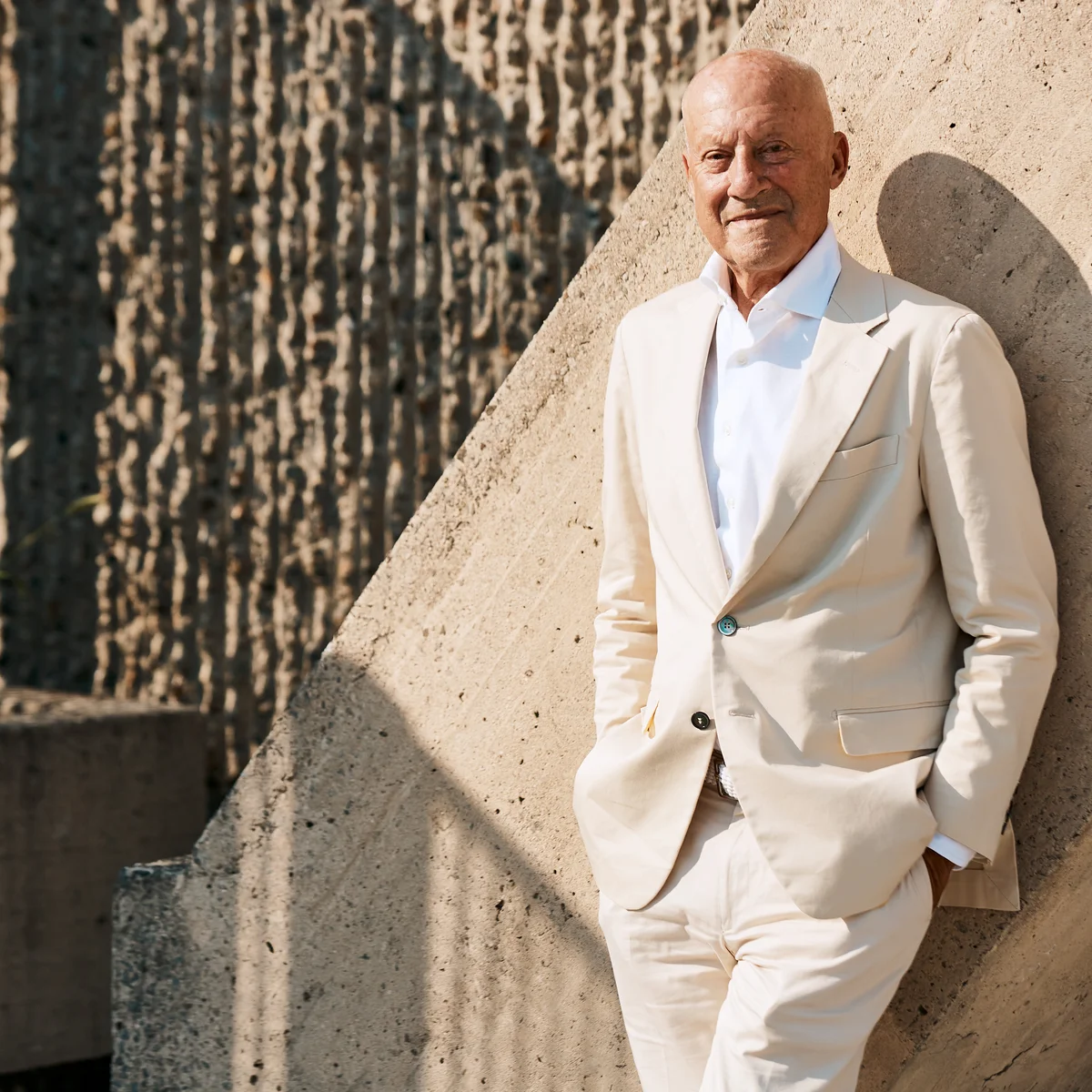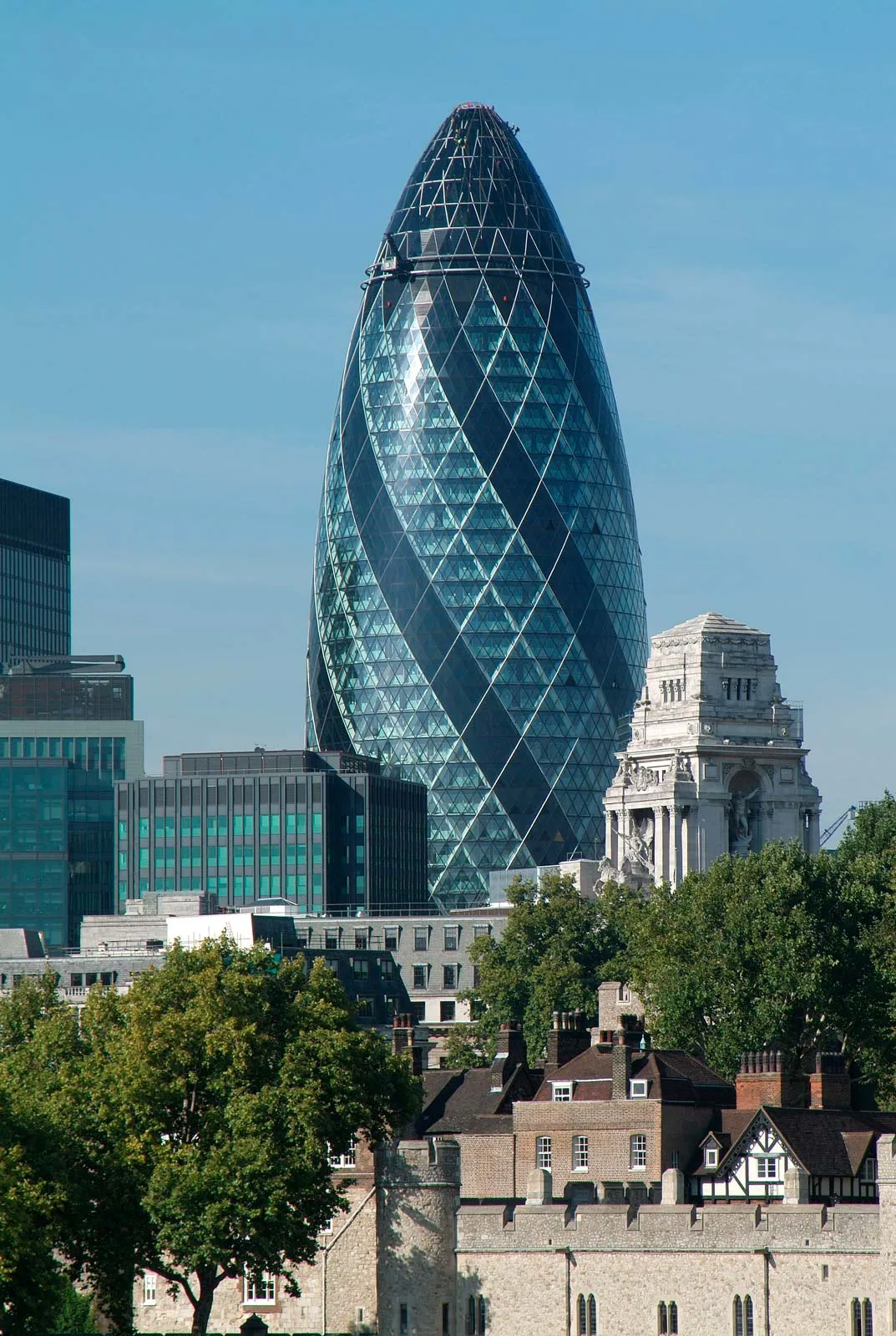The Global Icons of Modern Architecture – From Zaha Hadid to India’s Emerging Visionaries
- LUXE Talks

- Aug 19
- 2 min read
Architecture has always been more than just buildings; it is the art of shaping culture, society, and the way we experience life. From monumental structures that define skylines to intimate spaces that echo personal stories, architecture is a reflection of human ambition and creativity. Today, modern architecture has evolved into a language that blends innovation, sustainability, and cultural relevance. Global icons like Zaha Hadid, along with India’s rising architectural talents, are reimagining the way we live and experience space.

Zaha Hadid – The Queen of the Curve
When one thinks of modern architectural brilliance, the late Zaha Hadid immediately comes to mind. Known as the “Queen of the Curve,” her work was futuristic, bold, and fluid. From the Heydar Aliyev Center in Baku to the London Aquatics Centre for the 2012 Olympics, her designs defied convention. They were not just buildings but artistic statements—structures that seemed alive, flowing, and dynamic. Hadid’s influence is still felt today, as her firm continues to push boundaries worldwide.
Other Global Icons – Rem Koolhaas, Norman Foster & Beyond
Hadid is not alone in shaping the modern landscape. Norman Foster, with his high-tech, sustainable designs, has redefined what green architecture can mean in a corporate and urban setting. Rem Koolhaas is celebrated for creating buildings that challenge traditional forms while still being deeply functional. Together, these global icons remind us that architecture is not static—it evolves with society, technology, and human needs.
India’s Emerging Visionaries
India, with its rich architectural heritage, is now entering the global stage with new-age designers who merge tradition with modernity. Young firms like Morphogenesis and Sanjay Puri Architects are making headlines with innovative projects that reflect India’s cultural roots while addressing global sustainability challenges. For example, Morphogenesis integrates local materials and climate-sensitive designs to create eco-friendly structures, proving that luxury and sustainability can coexist.
Sanjay Puri, on the other hand, is known for creating bold, futuristic projects that are visually striking yet grounded in context. Their work demonstrates that Indian architecture is no longer about replicating the West but about offering fresh perspectives inspired by India’s own traditions and needs.
The Future of Architecture – A Blend of Luxury & Responsibility
Modern architecture today is not only about breathtaking design; it is also about responsibility. The world faces climate change, urban congestion, and the need for sustainable living. Architects are responding by designing structures that consume less energy, use renewable resources, and foster healthier communities. From luxury skyscrapers with green facades to homes that celebrate local craftsmanship, the future lies in balancing aesthetics with ethics.
Conclusion
From Zaha Hadid’s iconic futuristic curves to India’s new generation of visionaries, architecture continues to define how we live, dream, and interact with the world around us. It is an evolving dialogue between heritage and innovation, luxury and sustainability, art and functionality. As we step into the future, these icons remind us that great architecture is not just about constructing spaces—it is about shaping legacies.




















Comments